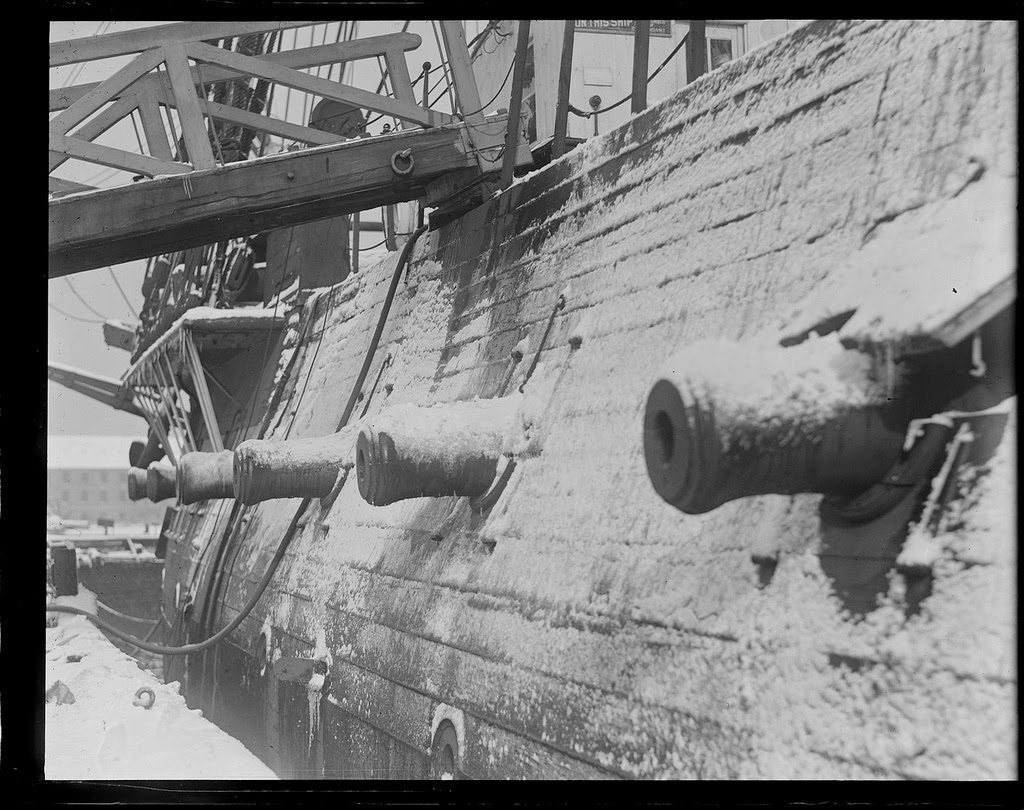The cultural memory of TV meteorologists is short. The snow had hardly begun to fall on Monday before they proclaimed that this blizzard would be “historic” and “unprecedented.” Oh really? The National Weather Service’s records for Boston may only go back to 1885, but New Englanders have been suffering through extreme snowfalls for centuries.
Take for example the snow storm of January 18-19, 1857. So much snow fell, and the wind blew so fiercely, that drifts eight to twelve feet deep blanketed the northern side of Salem’s Essex Street. In Boston, it took three days before anyone could move in the streets.
The “Great Snow Storm” of February 1802 was even worse. On the 21st it began to snow, and didn’t stop for a week. At the end of the storm, the snow turned to sleet, and created a thick, hard crust on the surface of the snow. This allowed farmers to drive their teams and sleighs across the fields and right over the tops of fences, but for those without such conveyances, travel became impossible. On Cape Cod, at the height of the storm, three deeply laden East-Indiamen from Salem were driven ashore, and completely lost.
The winter of 1747-1748 brought thirty storms in a row. By the end, the snow was five feet deep “on a level,” and drifted much higher. Worst of all was the wind. On Salem Neck, a man was smothered to death by wind-borne snow.
But the title of “worst of all” must go to the winter of 1716-1717. In December, the snow was already five feet deep. In January, it continued to snow, and by February 6, the drifts were in some places twenty-five feet deep. On February 18 it began to snow again. This time, it came down for six days and nights. When it finally stopped, an additional ten to fifteen feet of snow had fallen! Just outside of Charlestown, on the road to Medford, a widow and her children lived in a one-story house. The house was completely enveloped in the snow, and her neighbors couldn’t even find it for several days. At last, smoke began to rise from a snow bank and neighbors with shovels finally exposed one of the house’s windows. The occupants had used up all of their firewood and had resorted to burning the furniture to keep from freezing to death.
Next time we moan and groan about digging our cars out of their parking spots, let us be glad we don’t have to torch our dining room chairs to keep death at bay.
Constitution has ridden out her fair share of snowstorms, both at sea and in port. The frigate in the snow has long been a favorite subjects for photographers. One storm in January 2015 left us with some more great photographs.








The Author(s)
Matthew Brenckle
Research Historian, USS Constitution Museum
Matthew Brenckle was the Research Historian at the USS Constitution Museum from 2006 to 2016.
